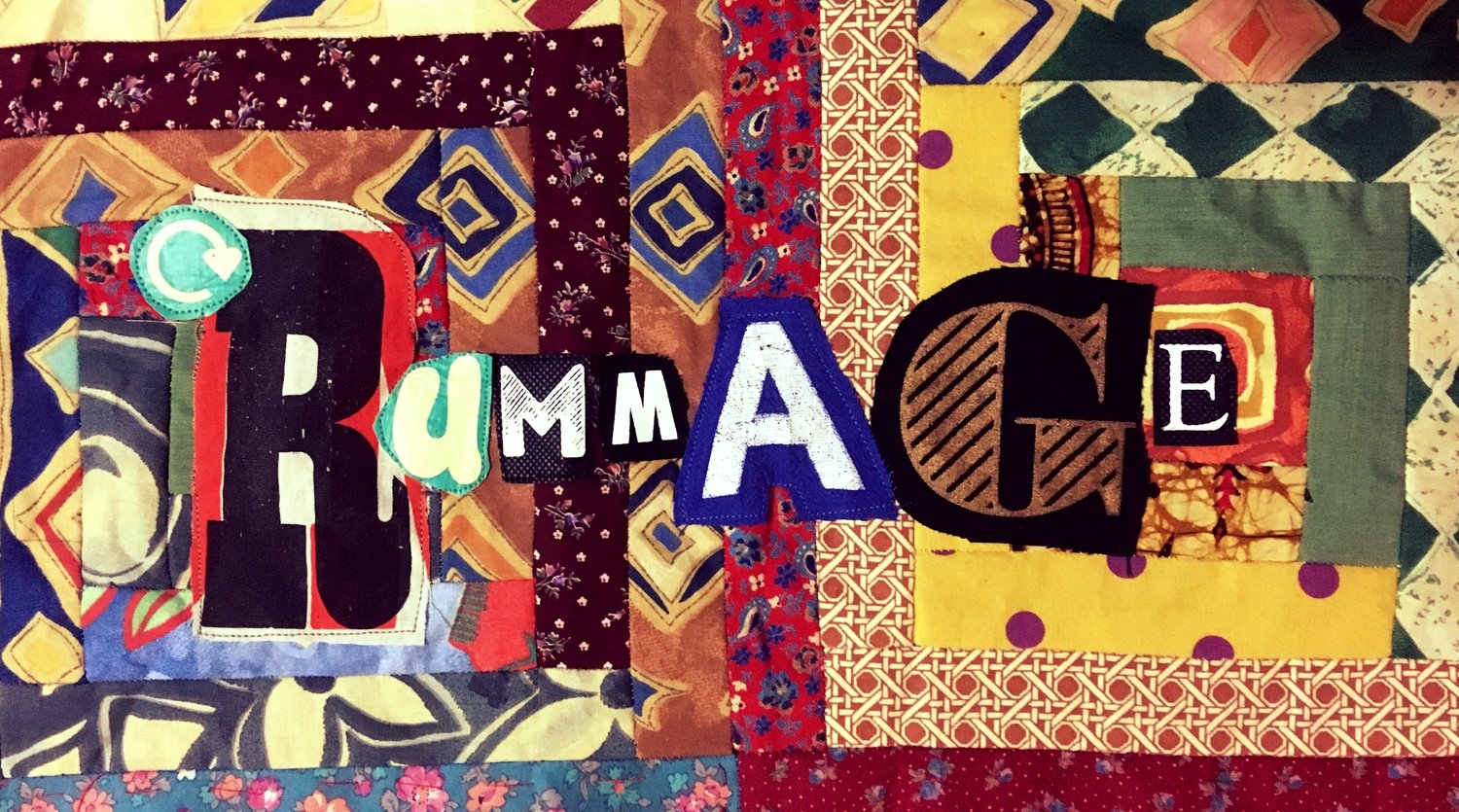Irradiated Rubbish
The Adventures of the Hospital Radium Tube
By the end of the nineteenth century wastes were separated into reusables and non-resuables. The latter were often incinerated onsite in a ‘destructor’. Alfred Fryer had conceived destructor technology in 1874, and by the turn of the century they were used fairly widely by municipal authorities across the country, seen as a quick, easy and sanitary solution to problems of waste accumulation. Smaller destructors were installed in British hospitals.
Destructor-related hiccups were inevitable, but some were worse than others. Radium formerly used for radiotherapy at Charing Cross Hospital in London was found to have passed through on-site destructor fires before being dumped in a rubbish heap in Harrow in 1927. A report buried several pages into The Times described how the radium – the size of a lead pencil stump but worth £1,500 – was recovered from a ‘heap of clinkers by the use of a detector machine’. The radium was said to ‘be none the worse for its adventure’ (The Times, 1 March 1927).
Radium detectors were invented to locate lost radium needles. This image from an American article shows how radium could be detected even if swallowed by a hapless pig.
During Christmas in 1934, eight tubes containing 20 milligrams of radium in total were ‘accidentally thrown away with some dressings’ at the Royal South Hampshire and Southampton Hospital. After passing through the hospital incinerator, some of the radioactive ashes were taken by one Alfred Squibb and deposited on a rubbish heap in the New Forest. The remainder was seemingly spread on a front garden in Shirley. The heap was searched with an electroscope – ‘It was an exciting search and lasted practically all day’ – but one tube, containing radium valued at £70, remained missing. It was eventually found after Mrs Squibb suggested a search of ‘several spots where the pathway had been patched with clinkers’ (Nottingham Evening Post, 31 December 1934; Leeds Mercury, 4 January 1935).
